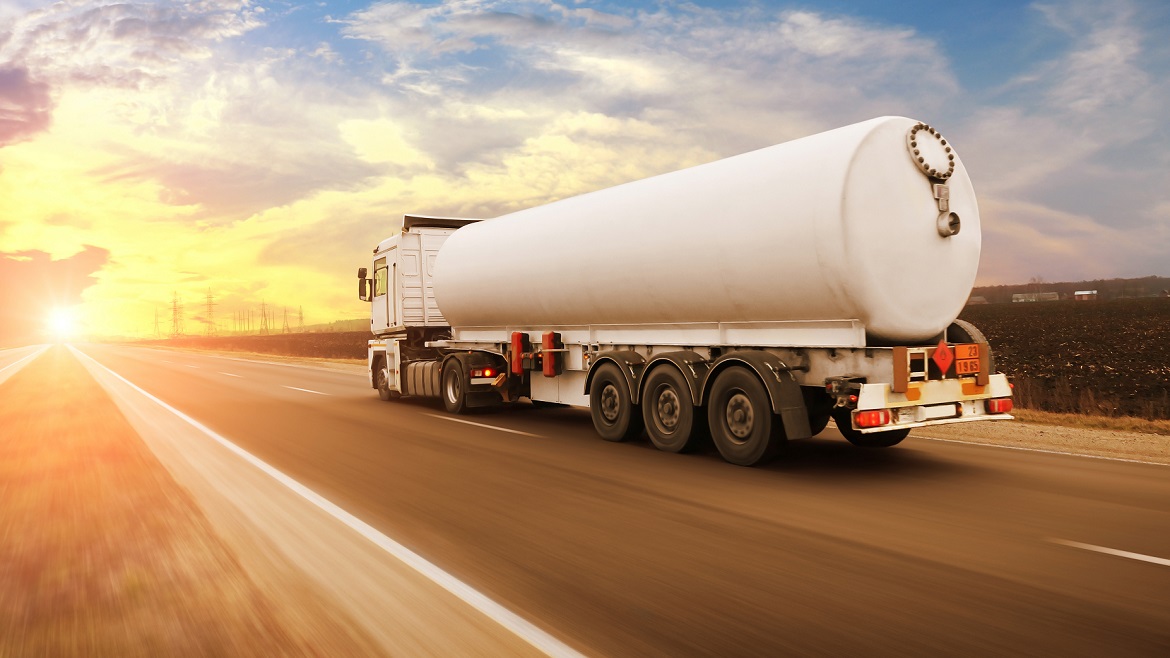Aug 30, 2021
Posted by Robert Quigley, Fuels Product Manager, David Spivey, Technology Manager, Fuel Products and Strategic Technology Oils
This article highlights the key takeaways from our recent Future of Fuels webinar, part of our Lubrizol360 Webinar Series featuring Lubrizol experts discussing important industry trends.
Climate change and urban air quality are two of the largest environmental challenges facing the world today. Reducing the amount of greenhouse gas (GHG) emissions is perhaps the most challenging. Scientists are working harder than ever to develop technologies that will help all sectors of the economy reduce GHG emissions, from the industrial and energy sectors to agriculture. The transportation segment of the economy will play a significant role as well.
In this webinar, the question of how to power mobility in the decades to come in the face of these large environmental challenges was discussed, exploring what the fuel industry could look like as it strives to help meet and overcome these challenges.
Setting a Timeline
Globally, many governments, including the European Union, agree progress in the next decade will be pivotal, as the development and commercial proving done over the next decade must have a significant impact by 2030 to enable a net-zero world by 2050. The whole world must work together to achieve massive decarbonization across all segments of the economy without impairing economic growth.
The world must find a way to decouple its economic growth from the production of GHG emissions, a process already underway in many segments of the economy.
The fundamental changes necessary to make that happen must occur in the next 30 years, but the groundwork for these reductions must start now and be proven at scale within the next decade. To reduce GHG emissions enough to limit climate change to 1.5 C in the future, substantial investments in breakthrough and scaled up technologies are needed from today.
The key issue in the 2020s is deciding what measures need to be taken and how soon, then get them designed, scaled up and be ready to go by 2030. The transportation sector needs to do its part.
Where Transportation Must Go
Most fuels used in transport today are fossil fuel-based. When burned, these fuels release carbon dioxide and other GHG emissions into the air, which traps heat that would otherwise be emitted into space, resulting in additional warming and significant effects on global climate. One way to eliminate GHG emissions from the atmosphere is to eliminate the use of fossil fuels altogether, but that would require a significant scaling up of renewable technologies like sustainable hydrogen and electricity production, together with biomass and transport electrification.
Barring the complete removal of fossil fuels from the transportation fuel mix, the world will need to develop technologies that can capture GHG emissions and reuse them, essentially turning them into net-zero fuels. However, such technology still needs proving out as economically viable at scale, and there are additional challenges in this arising from the mobile nature of much transportation. No matter how the reductions are made, however, significant investments to develop and scale all these revolutionary technologies are needed.
Transport Sector-dependent Solutions
The four major transportation sectors—light-duty, heavy-duty, marine and aviation—may each require their own solutions, due to their different natures. While electrification of transportation often receives the headlines, it is primarily useful in the light-duty vehicle market.
The heavy-duty market could handle some electrification, but the industry may be better suited to more hydrogen-based fuels, either as fuel cells or internal combustion engine (ICE) compatible fuels, or perhaps e-fuels which whilst more costly to make, can better utilize existing fuel supply infrastructure and help decarbonize existing vehicles. These are made from sustainable hydrogen and captured carbon dioxide, powered by sustainable electricity. Marine transportation options include ammonia, hydrogen, e-fuels and biogas, while the aviation sector is focused on developing fuels derived from biomass or other waste products and e-fuels. To determine which fuel makes sense for each segment, it’s important to do a full mobility life cycle analysis (FMLCA).
Full Mobility Life Cycle Analysis
Currently, there are three different ways of analyzing the GHG emissions of various fuels:
-
Tank to Wheel: focuses on the emissions that come out of the tailpipe of the vehicle in question as the fuel is burned.
-
Well to Tank: looks at the emissions involved in the sourcing and manufacture of the fuel itself.
-
Well to Wheel: combines the above two analyses to look at the entire process of producing and burning the fuel as one cohesive whole.
Though these three forms of analysis are effective in determining the GHG emissions rates of fuels, they do not tell the full story. A further category of emissions must be added to the evaluation to develop a full mobility life cycle analysis: the emissions that arise from the manufacture and eventual disposal or recycling of vehicles themselves. Beyond this are also the sustainability implications of building out infrastructure for fuel manufacture and supply, and ensuring there is sufficient resource to deliver globally.
Doing a FMLCA is the only way to ensure that specific fuels can actually move the transportation sector toward its net-zero goals. Focusing strictly on what comes out of the tailpipe—as many legislatures around the world are doing—distorts the net-zero measurements and ignores the broader GHG picture. This endangers the prospect of policies being sufficiently effective to control climate change.
What Does it Mean for the Future?
The global fuels landscape transformation is underway. Future fuels are likely to change substantially from their fossil fuel predecessors to address the issues of climate change and air quality, and geographic differences are possible. The key to understanding optimal integrated net-zero solutions is full mobility life cycle analyses, and for success, legislatures around the world need to align their laws with this reality.
In this respect, the key consideration in the future will be the primary energy source ahead of the final energy form. In other words, whether a fuel is chosen for specific applications will depend more on where the fuel comes from than what form it’s in at the end-user point. Factors that will affect these choices will be in-use efficiency, performance, FMLCA, cross-sector effects, infrastructure efficiency and, of course, economics.
Our View
New fuels and equipment will raise fresh challenges for fuel and lubricant additives, and it’s incumbent on lubricant and additive manufacturers to understand what the plausible scenarios are and prepare for them, whilst reserving the capacity to make adjustments as new information becomes available.
For more information about the future of the worldwide fuel industry and how Lubrizol believes that it will change as countries strive to reach net-zero goals, download the webinar slides here, or contact your Lubrizol representative today.






.jpg?h=658&w=1170&la=en&hash=2ABC1BD34C86459161E1A5564A6B790A)


